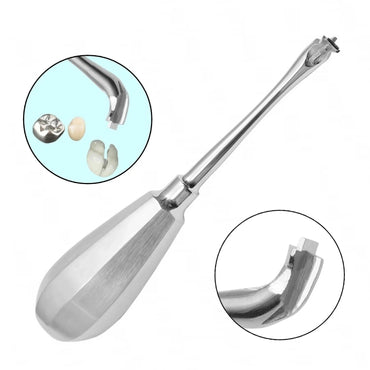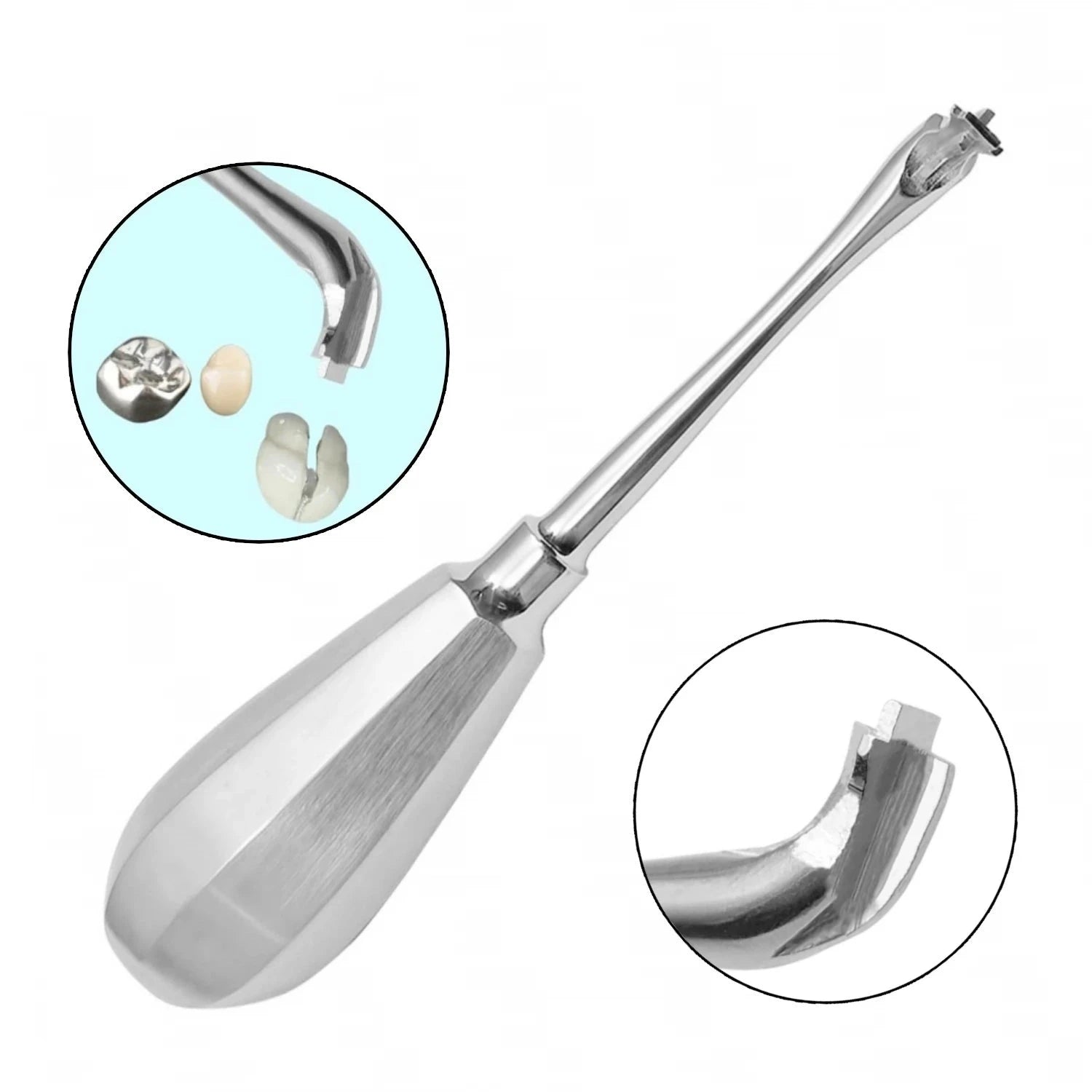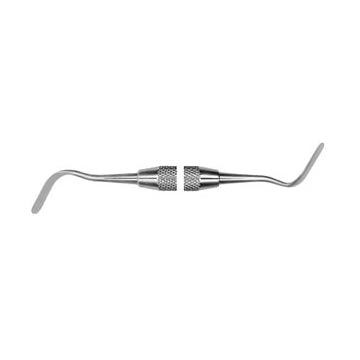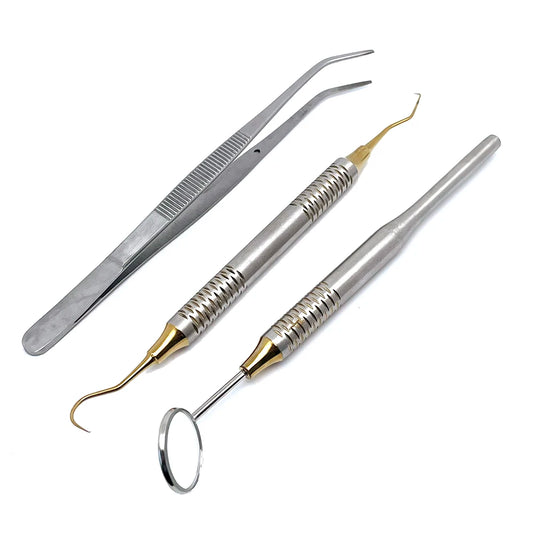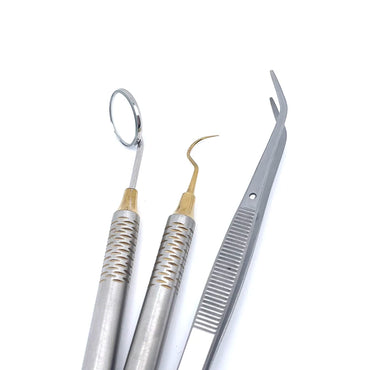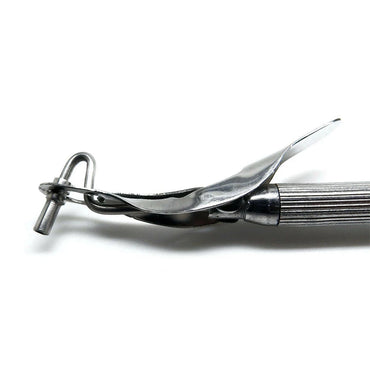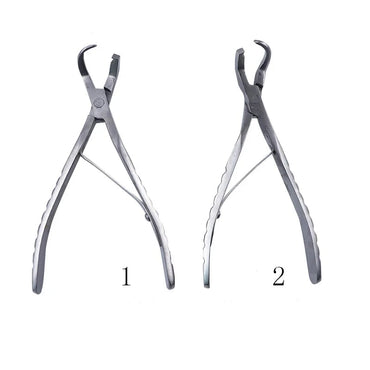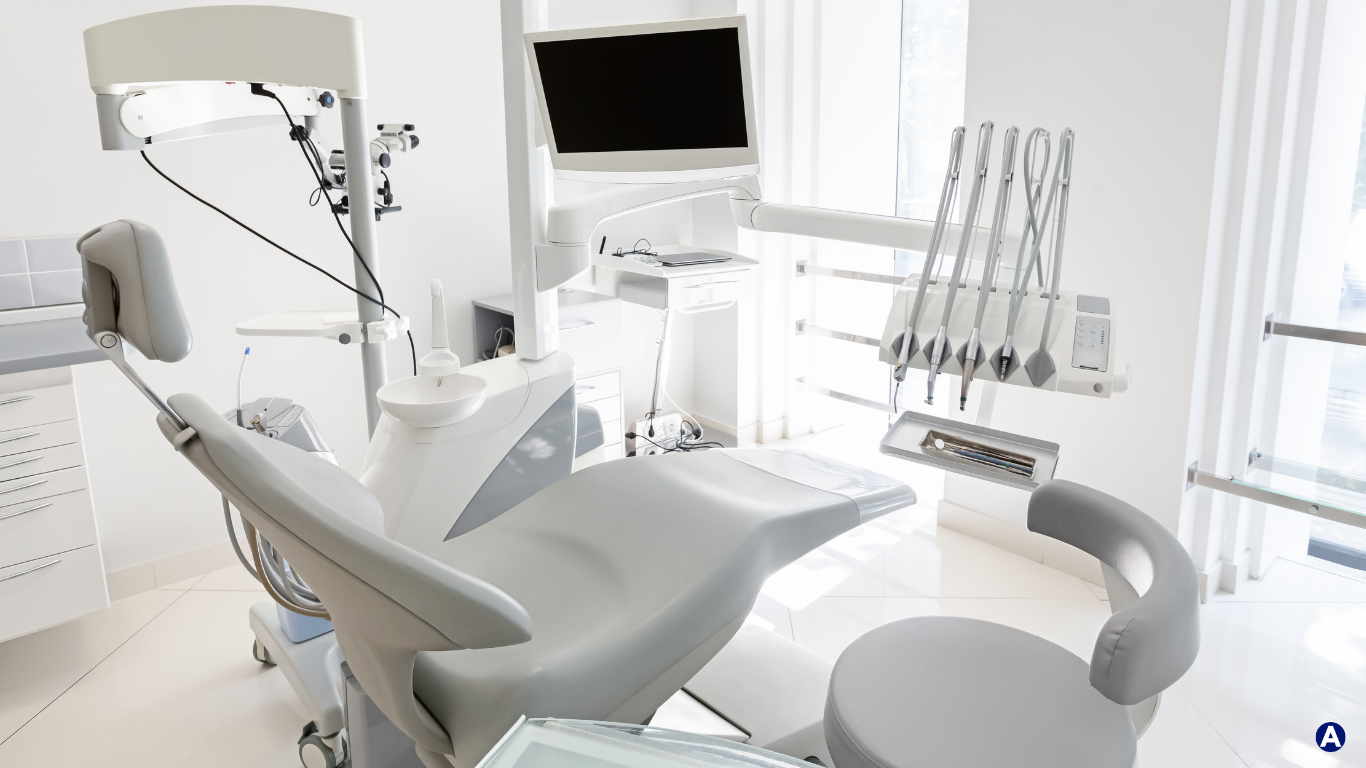Acquiring a dental practice can be a significant and rewarding investment, but it requires careful consideration and thorough research to ensure a successful transition. Whether you're a seasoned dentist looking to expand your portfolio or a new practitioner entering the field, here are crucial things to look for when considering a dental practice acquisition.
Location, Demographics, and Competition:
- Assess the location of the practice and its proximity to potential patient pools.
- Understand the demographics of the area to ensure alignment with your target patient base.
- Evaluate the level of competition in the vicinity and analyze how the practice stands out.
Financial Due Diligence:
- Examine the practice's financial health by reviewing past and current financial statements.
- Scrutinize revenue streams, overhead costs, and profit margins.
- Verify the accuracy of accounts receivable and payable, ensuring no hidden liabilities.
Patient Base and Retention:
- Analyze the patient database for its size, demographics, and loyalty.
- Evaluate patient retention rates to gauge the practice's reputation and service quality.
- Consider any marketing strategies in place and their effectiveness in attracting new patients.
Staff and Culture:
- Assess the competence and morale of existing staff members.
- Understand the practice's culture and ensure it aligns with your values and management style.
- Identify key staff members and their willingness to stay on post-acquisition.
Technology and Equipment:
- Evaluate the technology infrastructure and equipment used in the practice.
- Assess the condition and age of major equipment, including dental chairs, X-ray machines, and software systems.
- Plan for potential upgrades or replacements to stay current with industry standards.
Legal and Regulatory Compliance:
- Confirm that the practice complies with all local, state, and federal regulations.
- Review licenses, permits, and certifications to ensure they are up-to-date.
- Investigate any past or pending legal issues that may affect the acquisition.
Patient Experience and Reputation:
- Analyze online reviews, testimonials, and feedback from current and former patients.
- Understand the patient experience and how it contributes to the practice's reputation.
- Identify opportunities for improvement and how to maintain or enhance the practice's positive image.
Transition Plan and Support:
- Develop a comprehensive transition plan that addresses the integration of the practice into your existing operations.
- Clarify the level of support from the selling dentist during the transition period.
- Communicate the changes to staff and patients to ensure a smooth handover.
Acquiring a dental practice is a multifaceted process that requires a strategic approach and careful consideration of various factors. Creating a successful roadmap for the acquisition and transition of a dental practice involves careful planning and execution. Below is a comprehensive guide to help you navigate through the various stages of the process:
1. Define Your Objectives:
- Clearly outline your goals and objectives for the acquisition.
- Identify the specific aspects you want to improve or expand in the dental practice.
2. Financial Due Diligence:
- Conduct a thorough financial analysis of the target dental practice.
- Review income statements, balance sheets, and cash flow statements.
- Assess the profitability and sustainability of the practice.
3. Legal Due Diligence:
- Review all legal documents related to the dental practice, including contracts, leases, and licenses.
- Identify any potential legal issues or liabilities.
- Consult legal professionals to ensure a smooth transition.
4. Staff Communication:
- Communicate the acquisition plan with the existing staff.
- Address any concerns or questions they may have.
- Provide reassurance about job security and changes in management.
5. Patient Communication:
- Develop a communication plan for informing existing patients about the transition.
- Assure them of continued quality care and any improvements in services.
6. Technology Integration:
- Assess the existing technology infrastructure of the acquired practice.
- Plan for the integration of dental software, patient records, and communication systems.
- Train staff on any new technologies being implemented.
7. Facility Assessment:
- Evaluate the physical infrastructure of the dental practice.
- Identify any necessary renovations or upgrades.
- Ensure compliance with health and safety regulations.
8. Regulatory Compliance:
- Verify that the acquired practice complies with all regulatory requirements.
- Obtain necessary licenses and permits for the transition.
- Stay informed about any changes in dental regulations.
9. Transition Team:
- Assemble a dedicated transition team with representatives from both the acquiring and acquired practices.
- Define roles and responsibilities for a smooth transition process.
10. Marketing and Branding:
- Develop a marketing strategy to promote the acquisition and maintain patient loyalty.
- Update branding materials, including signage, business cards, and online presence.
11. Training and Development:
- Provide training programs for staff members on new processes, protocols, and systems.
- Encourage professional development to ensure a cohesive and skilled team.
12. Post-Acquisition Evaluation:
- Periodically assess the progress of the transition.
- Gather feedback from staff, patients, and stakeholders to identify areas for improvement.
13. Continuous Improvement:
- Implement continuous improvement strategies to enhance the efficiency and effectiveness of the dental practice.
- Adapt to feedback and market changes for long-term success.
Remember that the success of the acquisition transition relies on effective communication, thorough planning, and a commitment to the well-being of both staff and patients. Additionally, by thoroughly evaluating the location, financial aspects, patient base, staff, technology, compliance, reputation, and transition plan, you can make informed decisions that set the stage for a successful and seamless acquisition. Remember that each practice is unique, so tailor your due diligence to the specific circumstances of the acquisition to maximize your chances of long-term success.






